The Grenfell Tower fire, in which 72 people tragically lost their lives, was due to a catalogue of systemic errors. The inquiry that followed has shone a light on the much needed improvements required in fire safety legislation, products and strategies.
As such, the Grenfell Tower Inquiry has led to a change in the Fire Safety (England) Regulations 2022, which are being laid under article 24 of the Fire Safety Order 2005. The regulations, as of 23rd January 2023, will make it a legal requirement for the responsible persons for all multi-occupied residential buildings in England with storeys over 11 metres in height to:
• Undertake quarterly checks of all fire doors (including self-closing devices) in the common parts; and,
• Undertake – on a best endeavour basis – annual checks of all flat entrance doors (including self-closing devices) that lead onto a building’s common parts.
The responsible persons will also be required to provide residents of all multi-occupied residential buildings, with two or more sets of domestic premises that have common parts, information on the importance of fire doors to a building’s fire safety. The information given to residents should cover the importance of keeping doors closed, that doors and self-closing devices are not tampered with and that any faults or damage to doors should be raised immediately with the responsible persons. The objective is to deepen residents’ understanding in the role they play in keeping their building safe.
The Grenfell Tower Inquiry, in the Phase 1 report, stated that, “Fire doors play an essential role in preventing or inhibiting the spread of smoke and toxic gases and in preserving the effective compartmentation of buildings.” The Inquiry also stated that Grenfell Tower fire doors did not, through damage and/or disrepair, perform in the way that they should i.e. by preventing smoke and gases from spreading.
The Inquiry recommended (Recommendations 33.29 (a) and (b)) that the owner and manager of every residential building containing separate dwellings carry out an urgent inspection of all fire doors to ensure compliance with current legislative standards and that regular (no less than every three months) checks be carried out to ensure all fire doors are fitted with an effective self-closing device which is in working order. In addition, the Inquiry recommended (Recommendation 33.30) that all those who have responsibility for the condition of the entrance doors to individual flats in high-rise residential buildings (with unsafe cladding) be required by law to ensure these doors comply with current standards.
As a fire door manufacturer and installer, Ahmarra fully support all of the recommendations that the report has made regarding fire door safety. In recent years, we have seen Councils across the south implement significant fire safety upgrades in social housing, whilst architects, contractors, developers and fire safety officers have shown a real thirst to learn more about fire safety through uptake of our informative CPD sessions.
To read the full Fire Safety Regulations fact sheet or to view the minimum requirements for inspections of fire doors, click here.







